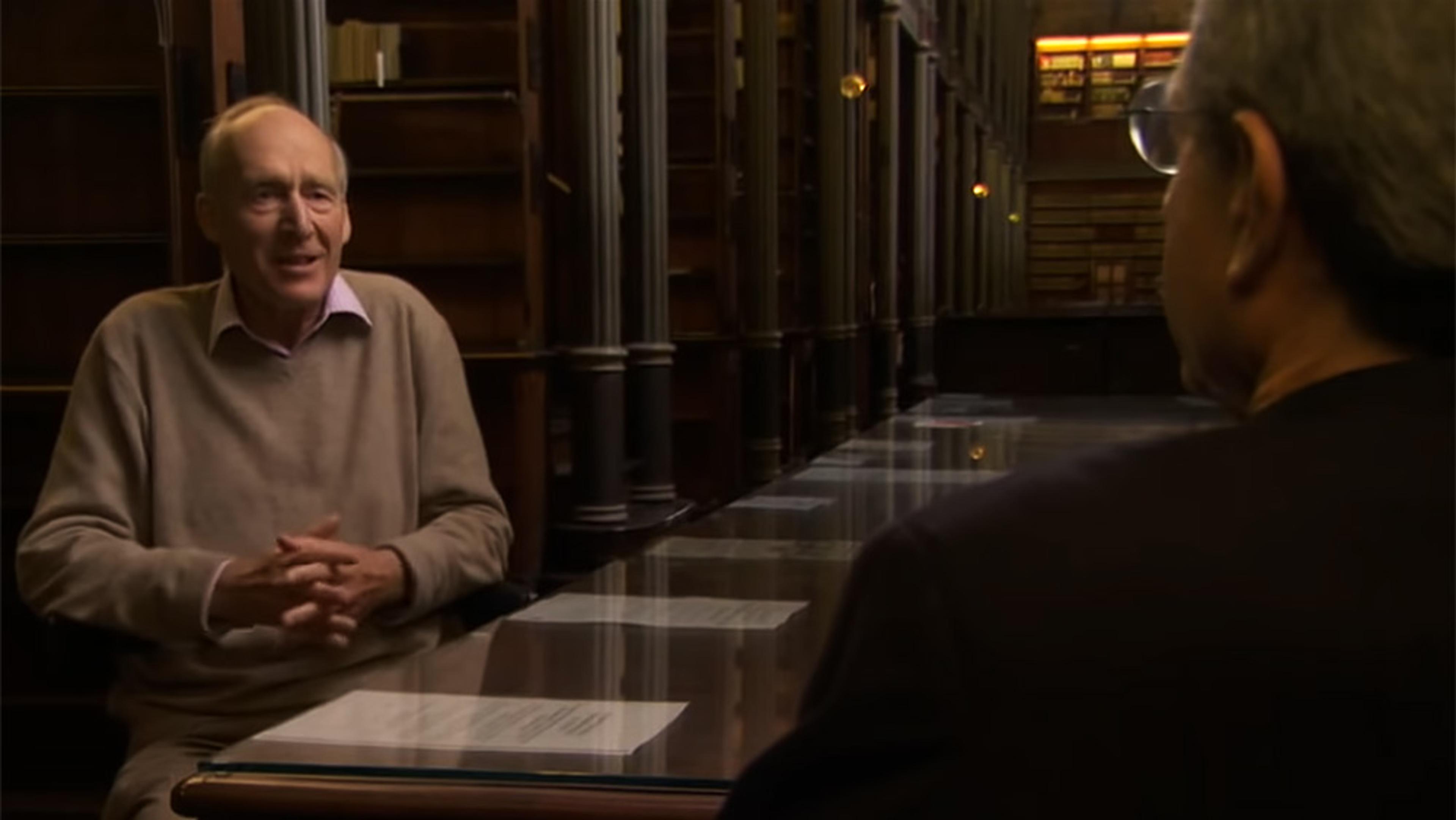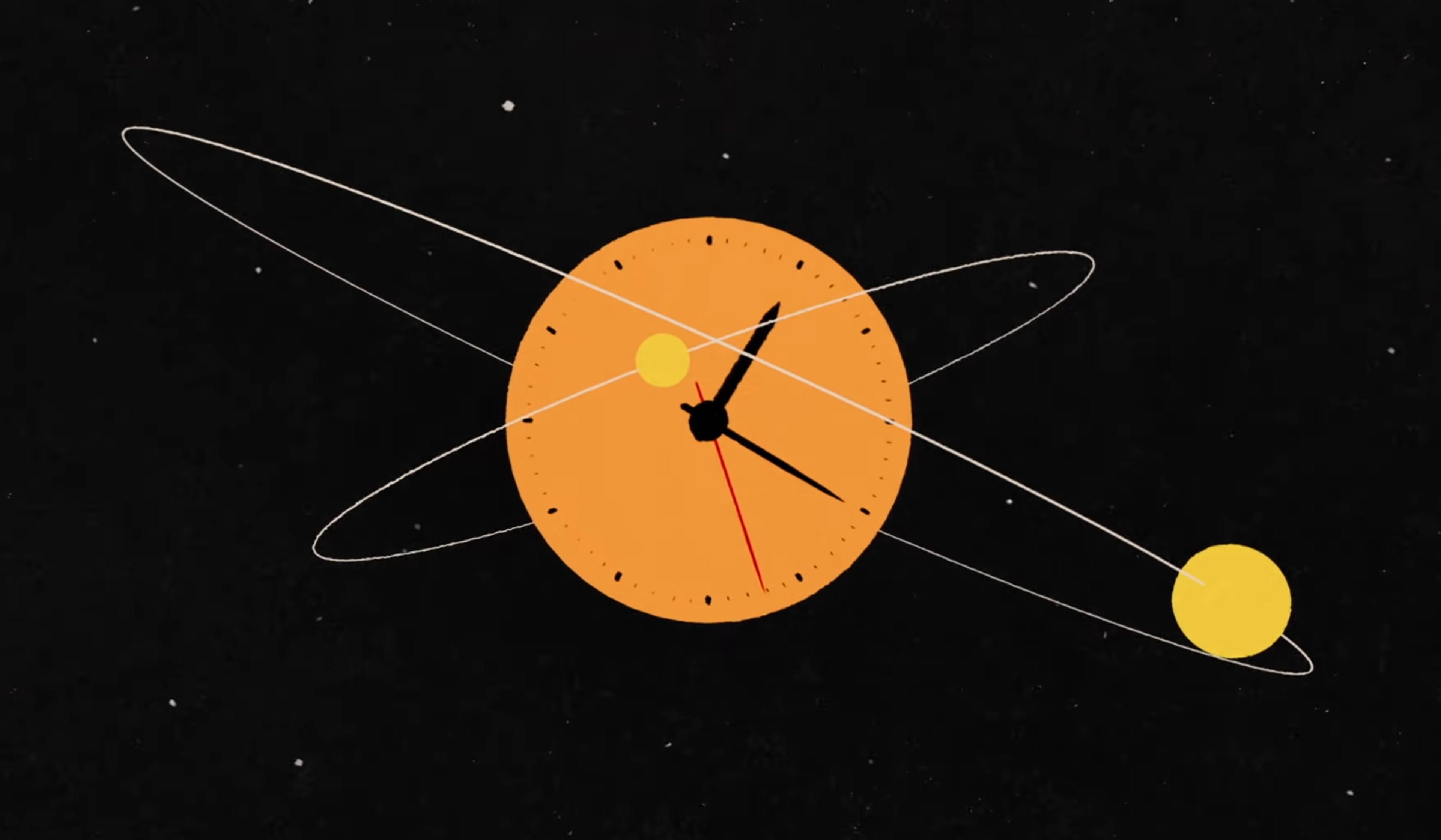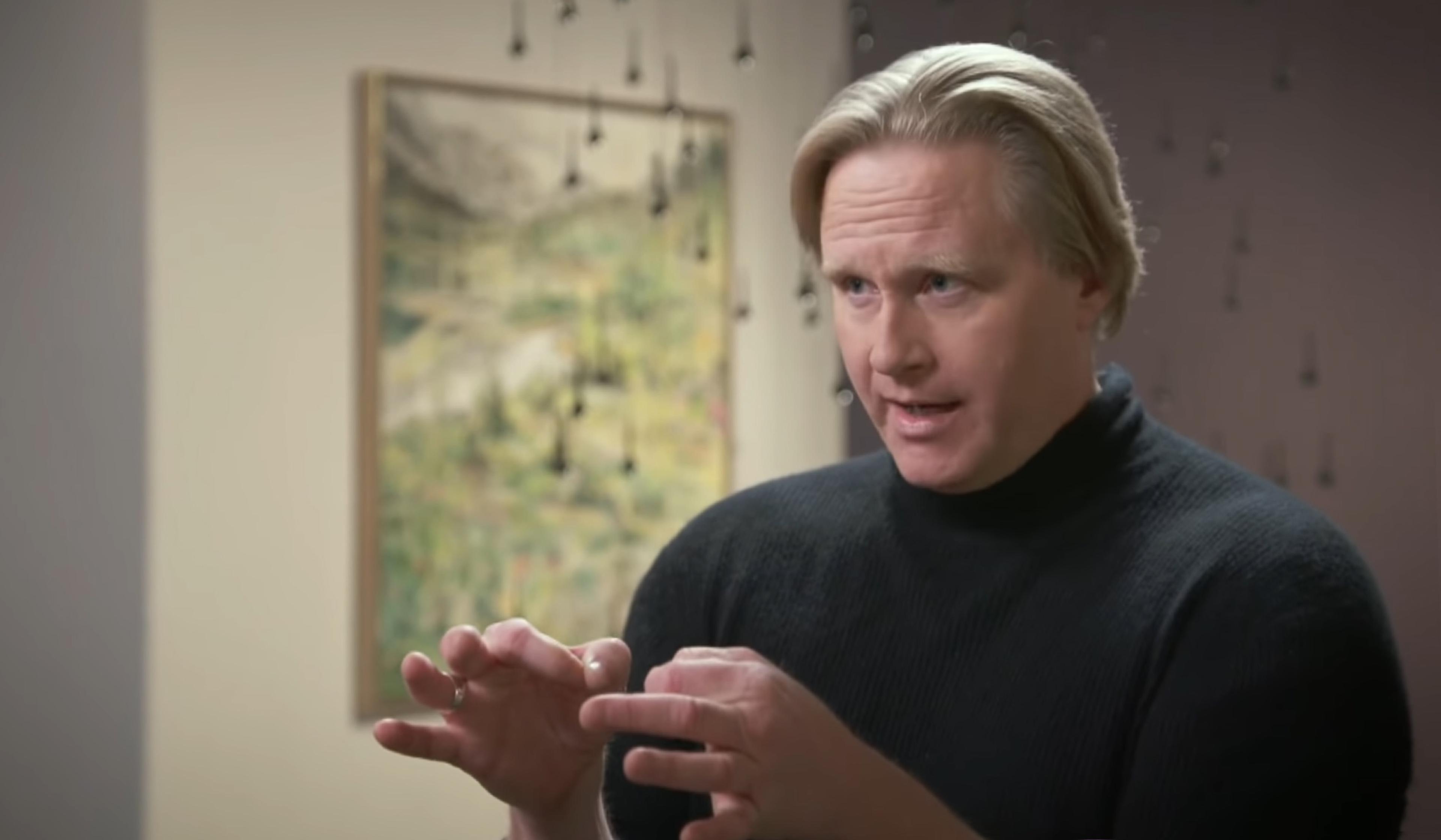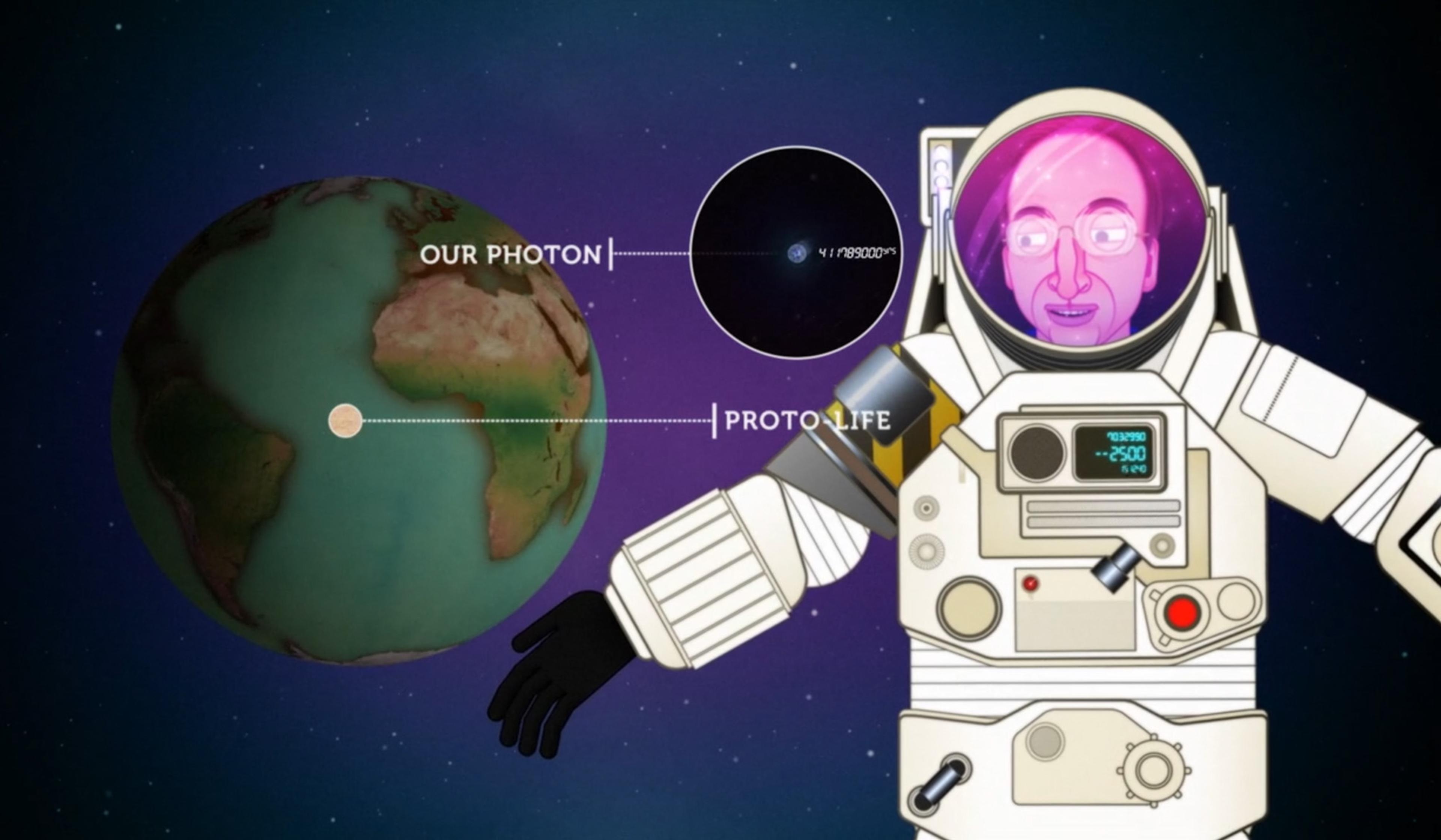From sundials and swinging pendulums to vibrating quartz crystals, humans have many ways of measuring the passage of time. But where accuracy is most essential – in global positioning systems and high-speed communication technologies, for example – we rely on atoms, which tick uniformly and are nearly impossible to interrupt. In this brief video, cleverly animated by Dog and Rabbit, the 1997 physics Nobel laureate William D Phillips explains how his team was able to unleash an atomic timekeeping revolution using lasers and mind-bogglingly low temperatures.
How ticking atoms keep ultra-precise time for globe-connecting technologies
Video by Nature
Animator: Dog & Rabbit

videoHistory of ideas
From sky charts to atomic clocks, time is a mysterious story that humans keep inventing
8 minutes

videoEngineering
How water-based clocks revolutionised the way we measure time
10 minutes

videoChemistry
There was nothing quick about how we arrived at the standardised second
6 minutes

videoQuantum theory
Mind-bending new quantum experiments are blurring past, present and future
10 minutes

videoAstronomy
Take a 10 billion-year journey with a photon, from a distant supernova to Earth
3 minutes

videoHistory of science
Ideas ‘of pure genius’ – how astronomers have measured the Universe across history
29 minutes

videoPhysics
There’s a striking link between quantum and astronomic scales. What could it mean?
5 minutes

videoQuantum theory
The physics revolution that started with the flicker of a lightbulb
4 minutes

videoEngineering
Making tiny things go extremely fast is a monument to human enquiry and creativity
5 minutes